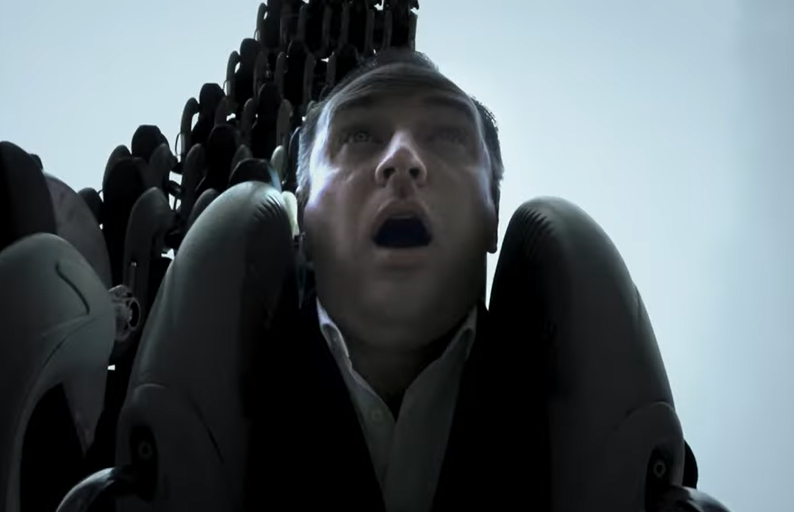A simulation of the infamous ‘Euthanasia Coaster’ reveals what it might be like to ride the hypothetical “death machine” from a first-person perspective.
A social media user has made a video simulation of the highly controversial idea from Lithuanian designer Julijonas Urbona. First made public in 2010, the Euthanasia Coaster, according to Urbona, “is a hypothetic death machine in the form of a roller coaster” that uses extreme g-force to end the life of the rider.
Until recently, diagrams and words have been the only medium through which to describe this ‘ride’. Now, however, a TikTok user has created a simulation that provides a first-person perspective.
Get the latest pro-life news and information on X (Twitter). Follow @LifeNewsHQ
The creator of the video explains how the ride works: “The train would plummet over the side of the hill, hurtling down at a speed of 360kmh [220mph], close to its terminal velocity”.
“After the 500-metre initial drop, the track flattens out and begins the first of seven inversions in a row”.
“It would take 60 seconds for the train to go through all seven of these inversions, and each inversion gets a gradually smaller and smaller diameter in order to maintain 10Gs of force to all the passengers during the entire 60-second experience”.
According to reports, the ‘Euthanasia Coaster’ would kill through cerebral hypoxia – with the brain being deprived of oxygen over a short period.
After the final loop, the train slows to a complete halt back into the station with the deceased onboard.
Urbonas’ website states: “Riding the coaster’s track, the rider is subjected to a series of intensive motion elements that induce various unique experiences: from euphoria to thrill, and from tunnel vision to loss of consciousness, and, eventually, death”.
The sarco machine
The ‘Euthanasia Coaster’ is not the only ‘death machine’ to have been proposed in recent years. Dr Philip Nitschke, founder of the euthanasia campaign group Exit International, originally introduced a device he called the “Sarco machine”, in 2019.
In an interview with SWI swissinfo.ch given in 2021, Nitschke said “It’s a 3-D printed capsule, activated from the inside by the person intending to die. The machine can be towed anywhere for the death”.
“The person will get into the capsule and lie down … They will be asked a number of questions and when they have answered, they may press the button inside the capsule activating the mechanism in their own time”.
Describing the actual manner of death, Nitschke said “The capsule is sitting on a piece of equipment that will flood the interior with nitrogen, rapidly reducing the oxygen level to 1 per cent from 21 per cent in about 30 seconds. The person will feel a little disoriented and may feel slightly euphoric before they lose consciousness. Death takes place through hypoxia and hypocapnia, oxygen and carbon dioxide deprivation, respectively”.
The machine was banned just weeks before it was set to be used for the first time in Switzerland last month.
Spokesperson for Right To Life UK, Catherine Robinson, said “The video simulation, though deeply disturbing, gives an idea of the horror of this machine. The whole concept is very far from the ‘dignified death’ that proponents of assisted suicide and euthanasia purportedly seek. Fortunately, this horrific idea remains in the realm of dystopian fiction, and hopefully that is where it will forever stay”.
LifeNews Note: Republished with permission from Right to Life UK.








